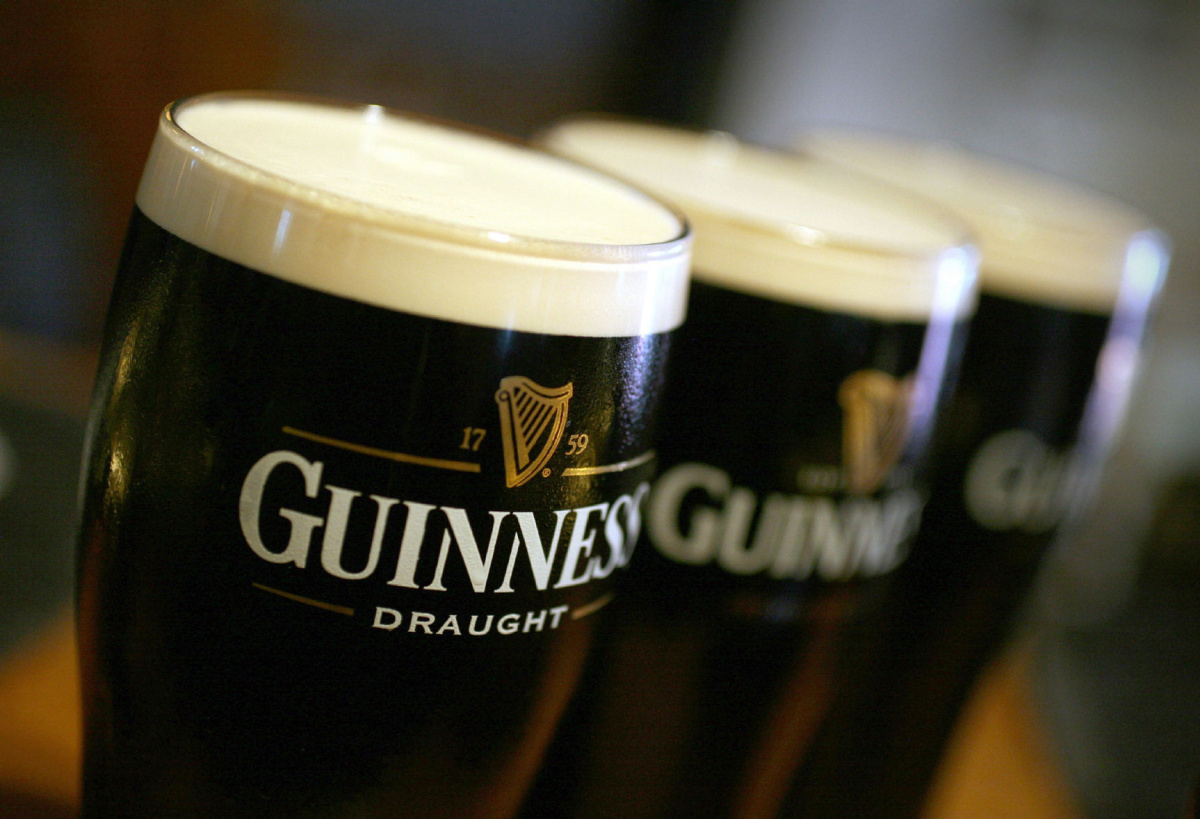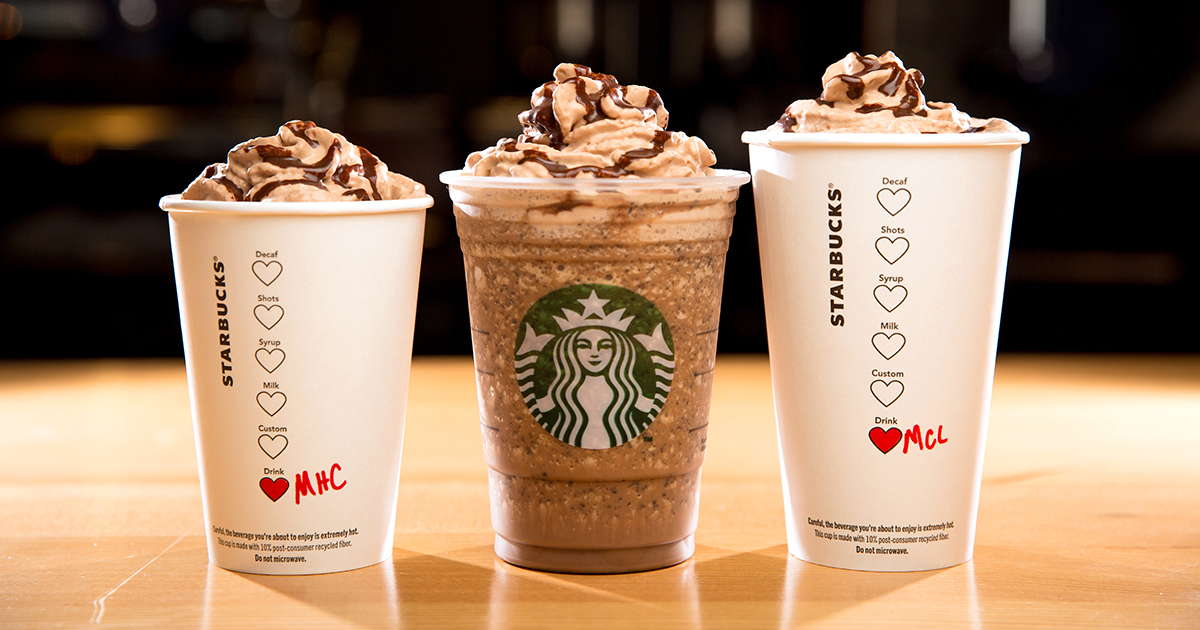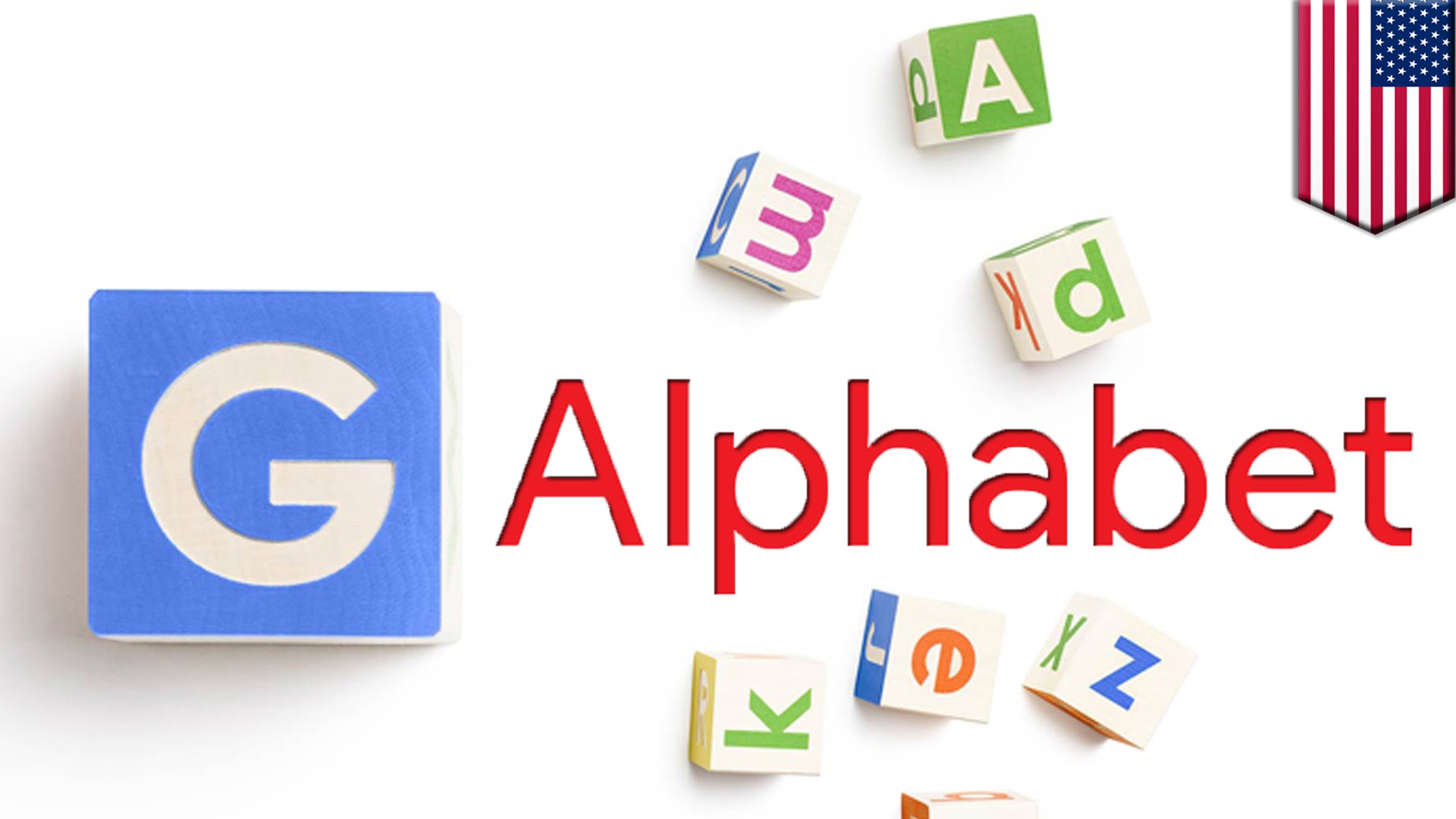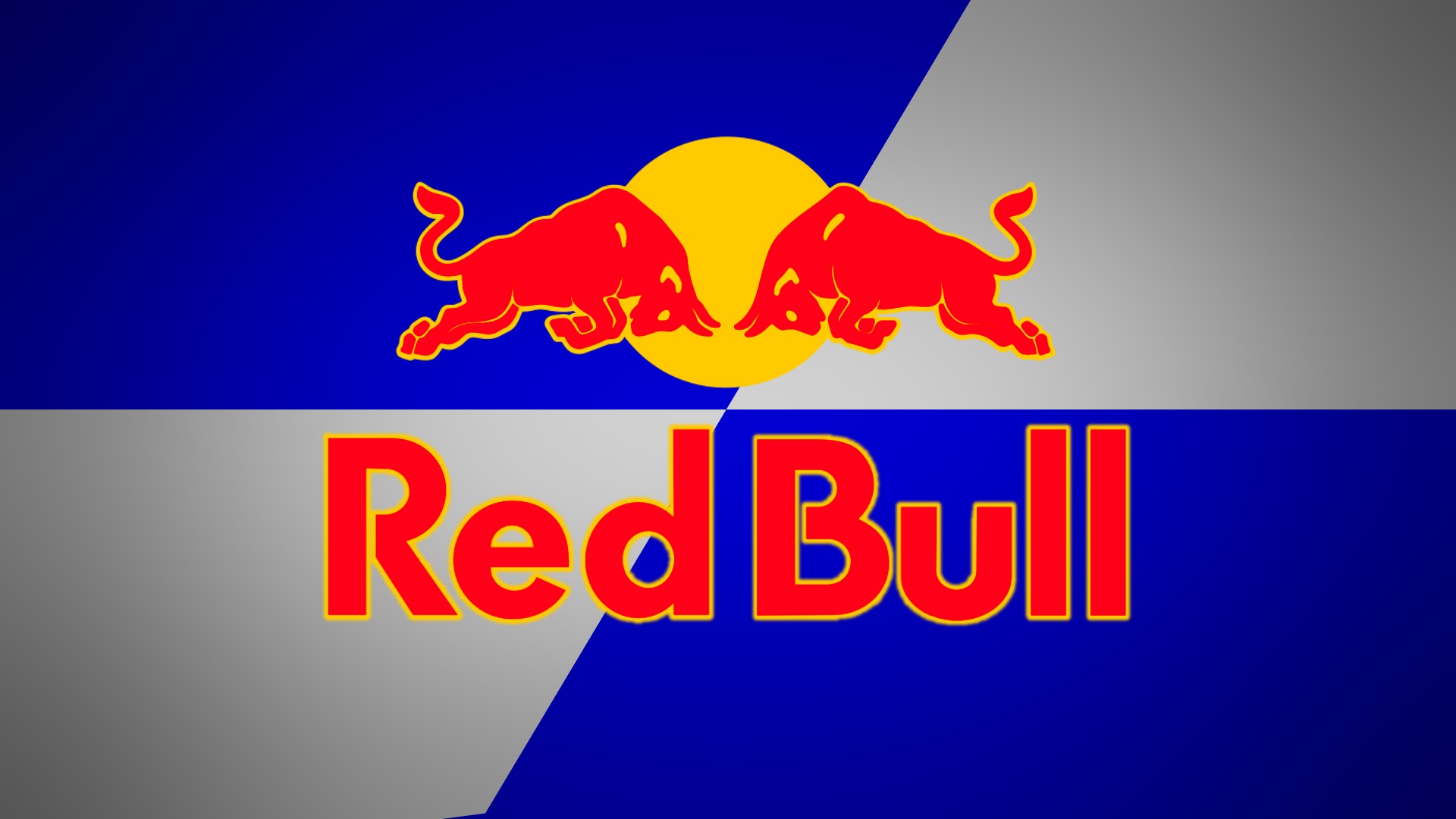6 branding strategies that businesses need to know
The digital era is emerging as a precursor to a huge change in business operations, forcing businesses to continually transform to adapt and maintain development. This also means that large companies and corporations need to adjust their brand identity to avoid being "backward" and regressive compared to their competitors. In fact, some brands have changed very successfully, however, many of them failed miserably, such as Yahoo's brand renewal strategy in 2013.
With more than 14 years of experience as a graphic designer, Phil Rodriques in an article published on the Virgin website has affirmed that building a brand is only successful when designing the logo with careful investment. Wanting to create a successful brand and brand identity requires an elaborate planning and execution process, not a sketchy implementation. All that a company needs is not a new logo but a change in consumer experience - smart advertising and slogans are innovative.
The profitability and growth of a company in the present era is strongly influenced by online and digital marketing strategies. Not only modern business, traditional business also faces a lot of risks due to the misunderstanding of customers' tastes. Some brands have so far not grasped the central idea of how to compete and survive in a digital age.
Here are 6 tips to help businesses grow their business by using social media, logo design, payment services, prizes, promotions, user experience design and merchant features. sign.
1. Brand change and identity will reflect the development and future of the business

MasterCard is one of the most recognizable brands, now available almost everywhere in the world with more than 74 billion transactions a year between sellers and buyers via credit and debit card systems. Recently, MasterCard has launched an improvement in brand identity with design systems and signs (Brand Mark - a symbol, a unique model for a brand / product) to "modernize and enhance." Games " their brand. Raja Rajamannar - Head of Marketing and Communications of this multinational company affirmed this was the time when the brand needed to change to demonstrate MasterCard's continuous development.
2. Get inspired by the original logo design and keep the memorization easy

Guinness is another global brand that revealed a change in logo in May. This brewery was born in 1759 in Dublin, Ireland by Arthur Guiness and remained faithful to a logo design for decades. When most companies choose to follow the "less is more" trend with the simplified (flat and simple) design style, Guiness chose the image of a harp with a sophisticated design to maintain. Maintaining the spirit of previous logos over 257 years of development.
Obviously, Guiness is always loyal to its "roots" and every inspiration is inherited from things that belong to their characteristic.
3. Take advantage of Social Media with the content spread strategy created by the users themselves

GoPro has wagered around action machines (Action Camera) into a huge community using User Generated Content strategy. Currently, GoPro has more than 24 million followers on many social networking platforms such as Facebook, Instgram and Youtube (6,000 videos uploaded every day).
By sharing high-quality dramatic photos and action videos of users through these channels, GoPro has achieved the win-win situation. Users pay, sponsor or spread their own content, and GoPro will collect millions of dollars thanks to Marketing Viral and Marketing guerrilla strategies, and easily reach out to potential customers through Existing customer database.
4. Simplify the payment process and incentives for loyal customers

Starbucks, the world famous coffee brand, is always clear in its brand improvement over the past 45 years and it is this thinking that has helped them build more than 23,700 cafes operating around the world.
The brand-building approach transforms from a distinctive logo and a typical interior layout into becoming a "pioneer" and perfecting a mobile payment system. At the same time, through the award program, customers receive points (Star rating) for a purchase at Starbucks stores and grocery stores. In 2015, Starbuck had about 8 million mobile transactions per week. With these successes, CEO Howard Schultz was seen as "the undisputed leader in the field of mobile commerce".
5. Use a collaborative approach to create the best user experience (UX) for customers

Google renewed the brand in August 2015 - a transformation signaling a strong restructuring and the establishment of parent company Alphebet. The designers of this technology giant have spent hundreds of hours in new identity research, considering how users will interact and communicate with multi-color brands on multiple devices. Google has also asked research, engineering, product and marketing teams to test the results. At the same time, the "guy" search also focuses heavily on creating the best UX and UI to impress users. As a result, at the end of the fiscal year 2015, Google collected 74.54 billion USD in revenue, most of which came from online advertising (accounting for 90.4%).
6. Build a brand culture to promote sales

Red Bull, a beverage company that provides energy drinks, has turned this product into a new business in the global F&B market. After more than 10 years in the market, from 1996 to 2006, Red Bull increased the number from 6 to 300 million cans. This result comes from the relaxed liberal culture created in 1987 by branding with Viral campaigns in many areas such as adventure, art, music or extreme sports.
Founder Dietrich Mateschitz is a typical example. He learned how to drive classic planes and encouraged employees (10,997 employees) to do the same. As a result, in 2015, sales volume increased to 5.957 billion cans in 169 countries.
You should read it
- Keep and protect brands on the Internet
- Intel launches its first Core Ultra processor line with a focus on AI
- Top brands in the world's most valuable names Apple and Microsoft
- Which brand of laptop should I buy? 7 best laptop brands today
- 7 unconscious errors are often acquired when buying brand products
- Instructions to build Brand Arena of Truths season 2
 Science affirms that the new experience creates happiness, not material
Science affirms that the new experience creates happiness, not material Does Pokémon Go really help you reduce stress?
Does Pokémon Go really help you reduce stress? 5 reasons why you should make friends with people who like to be alone
5 reasons why you should make friends with people who like to be alone Understand the business model in just 2 minutes - Business Model Canvas
Understand the business model in just 2 minutes - Business Model Canvas For iron will, apply the 40% rule of SEAL task force
For iron will, apply the 40% rule of SEAL task force People succeed, what do they do on Sunday night?
People succeed, what do they do on Sunday night?